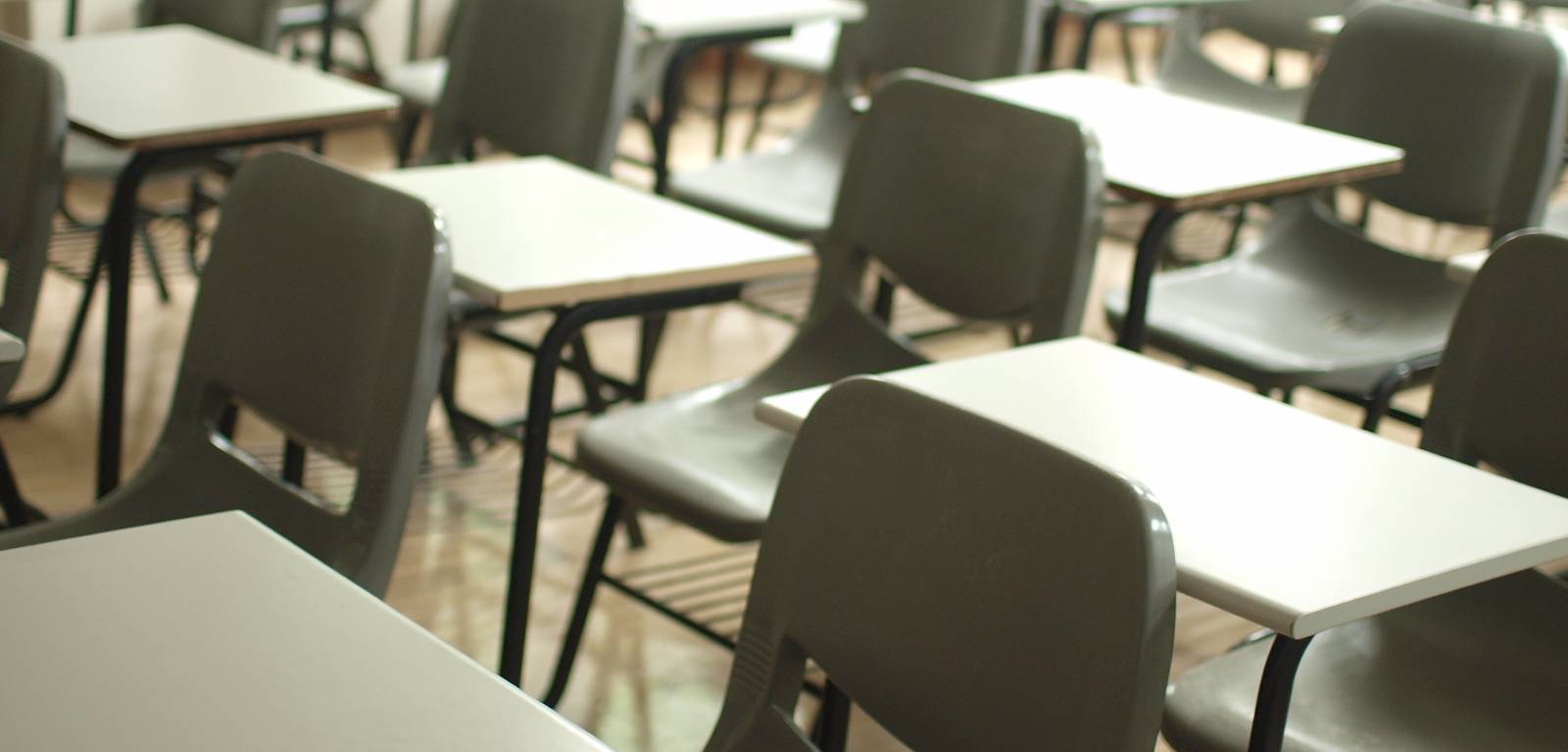New research finds that poor quality school buildings are related to schoolchildren’s anxiety
New research has found that a student’s perception of their school’s building conditions is related to their anxiety. It found that students who had a negative perception of their school’s physical environment reported higher levels of anxiety.

The research was carried out by researchers from Queen’s University Belfast, University of Johannesburg, University of Jyväskylä, Finnish Institute for Health and Welfare and the University of Eastern Finland, and it was funded by the Research Council of Finland.
The research was carried out on Finnish lower secondary school students in 2017 and 2019. 71,392 students from 678 schools took part in the study in 2017, and 85,989 students from 704 schools contributed in 2019.
Dr Ian Shuttleworth, Senior Lecturer in Human Geography from the School of Natural and Built Environment at Queen's said:
“Our research has found that a pleasant and well-maintained school building supports schoolchildren’s mental well-being. The findings come at a time when more than 150 schools, colleges, and nurseries in the UK have recently been ordered to urgently address their buildings due to the looming threat of collapse, as a result of the use of Reinforced Autoclaved Aerated Concrete (RAAC), a cheap, lightweight concrete.
“The data suggests that a poor school physical environment was related to pupil anxiety most for those students who had a worse perception of their school environment compared to the average perception of all pupils, and also in those schools where school group identity or ethos was weakest. This suggests that poor school building quality in the UK will have unequal individual outcomes, leading to greater anxiety for students who are sensitive to their physical environment and who study in schools with weaker collective social identities.”
Professor Eerika Finell, Professor in Social Psychology in the Department of Social Sciences at the University of Eastern Finland commented:
“Although schoolchildren's anxiety symptoms were already relatively common before 2020, significantly more schoolchildren presented symptoms during the COVID-19 pandemic. Our research is pertinent as not only are we seeing increased anxiety symptoms among schoolchildren, COVID-19 has also highlighted the importance of good quality indoor environments for our children and adolescents.
“In our study, we found that the student’s perception of their school building conditions was associated with their self-reported anxiety, and this is in line with previous research showing that good quality school buildings are important for educational attainment and student comfort. However, school conditions are often unsatisfactory- toilets, furniture or whole school buildings can be in bad repair; classrooms can be too noisy; and temperatures can be too hot or too cold. This is a true problem, and more attention should be paid to school building conditions”.
Media
Media inquiries to Jemma Coulter at Queen's Communications Office – jemma.coulter@qub.ac.uk.